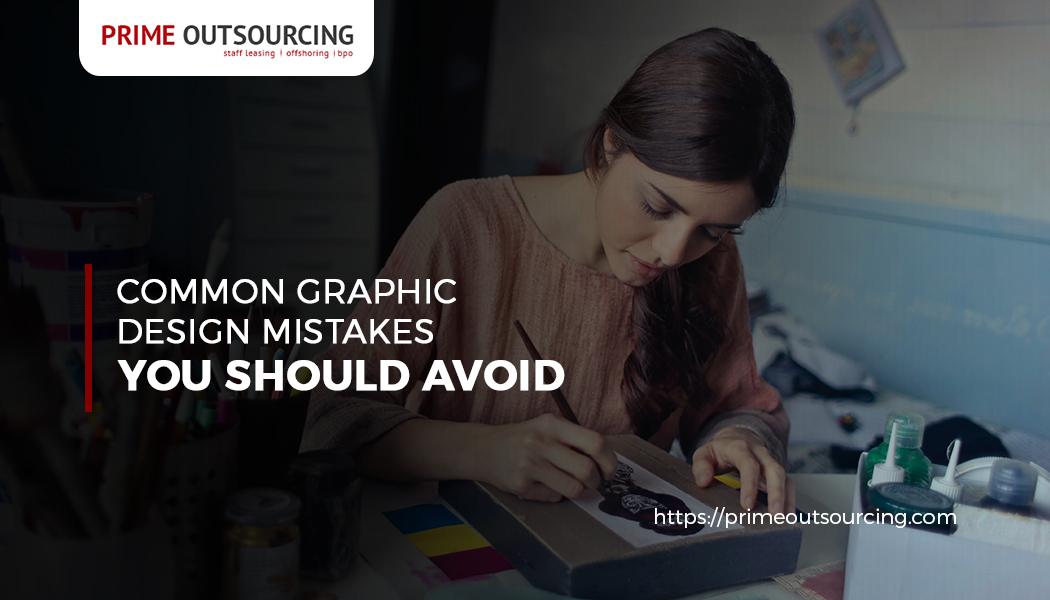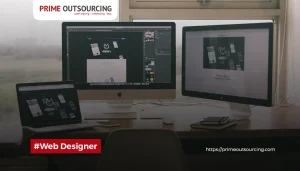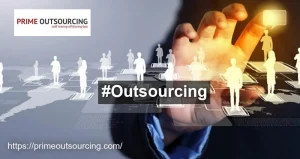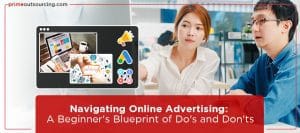
Communication is not only about texts anymore. Nowadays, whether it is for business or personal communication, people want to incorporate visuals to further express the message they want to convey and at the same time, to attract extra attention. However, it is a painful reality that not all of us are born artists.
Although there are a lot of free graphic design tools nowadays that offer great templates, we cannot help but still make some design mistakes upon doing some customization and editing. Thus, to help you avoid making the same mistakes over again, here’s a set of reminders for you.
1. Too Wordy
This is one of the most common turn-offs you should avoid. When your communication’s purpose is primarily visual, rather than converting plain texts into images, use visual elements or representations such as icons, or vector images. Use text but make sure that it is concise and essential to the visual you are creating.
2. Poor Readability
50-60 characters per line is the ideal length of text on images. Exceeding these numbers may result in poor readability, which means that readers may find it difficult to read your texts.
3. Too Many Fonts
Using too many fonts can make your visual look messy and unprofessional. Use a maximum of 3 fonts only and if you can, you can also use different weights of typeface.
4. Unwise Kerning
Kerning is a term used in typography, which refers to the process of adjusting the spaces between the characters to make a visually appealing result, unwise or bad kerning, on the other hand, will most likely result in the opposite. Remember to adjust spaces between characters to make it look professionally organized, neat, and easy to read.
5. Mismatched Colors
Choosing color combinations is a critical part of making a visual and this task will never be easy most especially for non-designers. At times, a supposedly good project fails when the right choices of colors are not used. Take note that proper color combinations will allow enough amount of contrast, boost readability, and appeal to the eyes.
6. No White Space Left
White space is also called a negative space in design. Beginners and non-designers see negative space as a space and end up filling it. However, little did they know that it is also an important element in designing. Google, for example, has a huge white space but it still provides a great visual to the users.
7. Not Properly Aligned Elements
Not aligning elements either results in failure or success. However, if you know that you are not much of a designer, it would be better to just align them properly. If you are having a hard time, you can use grids for easier arrangement.
8. Forgetting About the Hierarchy
Visual hierarchy is another important element in graphic design. It allows the viewers to identify the scale of importance of the elements and their connection to one another.
9. Losing Sight of the Purpose
You might get too serious and focus on your design and forget about the real purpose of your content. However, even designers are sometimes guilty of this. Worst case scenario, you might end up designing for your own, overlooking your client’s needs and demands.
10. Overlooking the Medium
You’re the one who knows where you will use the visual you are creating. Always make sure that before you start a project, you have already considered all the vital points such as sizes and color modes. You might have to resize or worse redesign your work if you forget about your medium.
Graphic Design Services with PrimeOutsourcing
PrimeOutsourcing has skilled graphic designers who know various techniques to persuade, engage, and entertain audiences using different elements. Our graphic designers are trained to combine both technology and arts to effectively convey a message. Head on to our Graphic Designer Service to request a quote! If you have any questions regarding our services, you may reach out to us via our Contact Us page. Read through our FAQs to learn more about our services.





